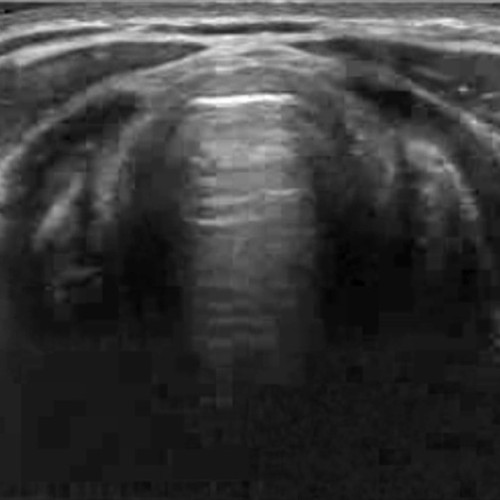The Gastric Ultrasound: Advanced Clinical Ultrasound Module teaches one about the role of gastric ultrasound as a method for assessing gastric fullness and the subsequent risk of aspiration. The course begins with commonly agreed-upon indications for gastric ultrasound. Then a review of gastric anatomy is provided. The sonographic anatomy and relevant anatomic landmarks, which are instrumental in performing gastric ultrasound, are described. Procedure preparation and sonographic techniques for gastric ultrasound are detailed. How to calculate cross-sectional area (CSA) to estimate the total volume of gastric contents is also explained. The course concludes with imaging tips and pitfalls, and a summary of the principles of how gastric ultrasound can be used to assess and mitigate the risk of pulmonary aspiration of gastric contents. Seven different simulation cases help one develop the requisite cognitive task awareness and visuospatial skills required to successfully perform gastric ultrasound.
This activity has been planned and implemented in accordance with the accreditation requirements and policies of the Accreditation Council for Continuing Medical Education (ACCME) through the joint providership of the American College of Emergency Physicians, the Illinois College of Emergency Physicians, and SonoSim, Inc. The American College of Emergency Physicians is accredited by the ACCME to provide continuing medical education for physicians.
The American College of Emergency Physicians designates this enduring material for a maximum of 3 AMA PRA Category 1 Credits™. Physicians should claim only the credit commensurate with the extent of their participation in the activity.
Approved by the American College of Emergency Physicians for a maximum of 3 hours of ACEP Category I credit.












